An international study published in the journal Science, in which researchers from several institutions in Israel also participated, sheds light on the origin of the grapevine for food and wine, and proves that the grapevine was simultaneously domesticated in the Levant and secondarily in the South Caucasus * The research will also help agricultural crops deal with the current climate crisis
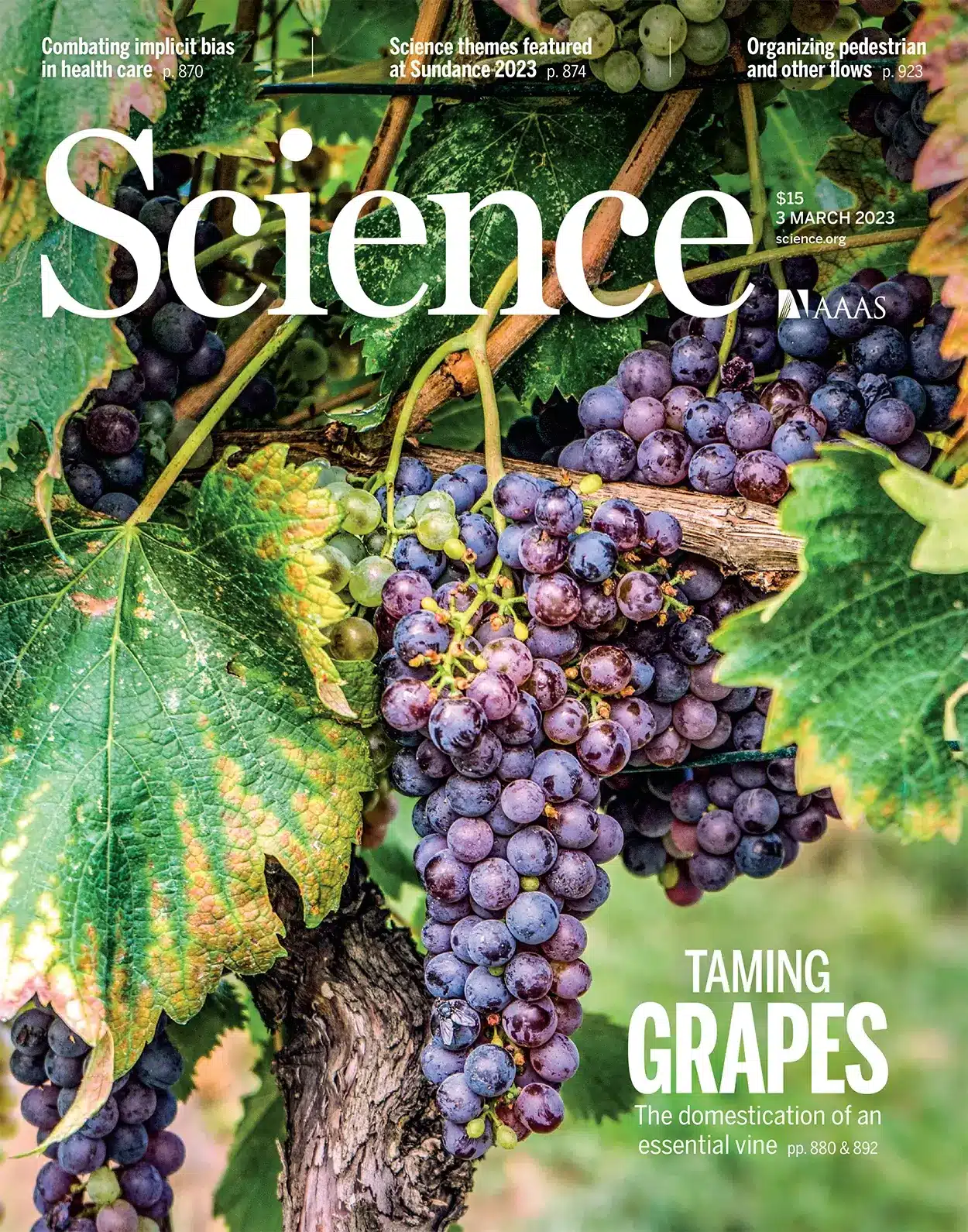
Recent research into the genetic makeup of the grapevine has revealed fascinating insights into its domestication and evolution. The research, published today in the journal Science, included many European and Asian research groups including that of Dr. Drori from Israel. The consortium was headed by the research group of Prof. Wei Chen from Yunnan Agricultural University, China. The research team sequenced the genomes of 3525 types of vines, (of which 2503 are domesticated vines, and about 1022 are wild vines) and performed a very in-depth study in order to identify the genetic changes that occurred during the domestication and evolution of the vine in Asia and Europe.
The study found that the harsh climate in the Pleistocene era (which began about 2.6 million years ago and ended 11 thousand years ago with the end of the ice age) resulted in the fragmentation of the wild vine population. The establishment of the wild vine population in the Levant region and the beginning of agriculture paved the way for the domestication of the vine about 11,000 years ago. From the wild vines found as part of the research of Dr. Drori and his partners in the Levant (an area that includes the Land of Israel and its surroundings - as part of the Fertile Crescent) the edible vine was domesticated, and from there it was distributed to many regions of the world. In the region of Turkey, at the end of the late Neolithic* period (the New Stone Age around 10,000 BC) hybrids with local wild vines occurred that created most of the wine vines we know today in Europe. At the same time, almost at the same time, there was a domestication of wine vines in the South Caucasus, but their distribution was very limited.
"Our findings provide important insights into the domestication and evolution of the grapevine, which is an important crop from a religious, cultural and economic point of view," explains Dr. Eliashiv Drori, head of the Samson Center for Grape and Wine Research from Ariel University and Mizrah R&D. "In the last 12 years we have carried out a comprehensive study, the aim of which is to identify the original vine of the Land of Israel. Among the vine species we have collected, there are both wild vine subspecies and cultivated vine subspecies. Our research revealed the population of wild vines that were the source of domestication for the entire group of cultivated table grapes, which includes the Israeli domesticated vines. This initial group of vine varieties from Israel spread from here to Eastern and Western Europe, and produced most of the known wine grapes. Now we aim to investigate in depth the characteristics of the native Israeli vine, which developed in the dry and challenging conditions of our regions, these may serve as a unique reservoir for the vine's resistant properties."
"With the climate changes occurring in the world and the emergence of diseases that threaten vineyards around the world, the research findings may help to develop new strategies to protect against these challenges, and to establish the sustainability of the wine industry for future generations." Dr. Drori explains.
"This is groundbreaking research also in the field of the beginnings of agriculture, he adds Prof. Ehud Weiss* The partner in the research, and serves as the head of the archaeological-botanical laboratory in the Department of Israel, at Bar Ilan University. This is the first research proof that the domestication of a perennial plant happened at the same time as the domestication of annual crops, such as wheat, barley, legumes, and flax, when until today it was common to say that the fruit trees were domesticated several thousand years later. In addition, the revelation of the double domestication of the same species at the same time in two separate geographical centers, constitutes a significant change in the way the process of grapevine domestication has been perceived so far."
In this study, two Israeli scientists collaborated with Dr. Drori's team. Prof. Ehud Weiss, in identifying the varieties used by our ancestors in the Land of Israel, using genetic and morphological tools. andDr. Shariel Hivner From the Miguel Research Institute on the genetics of the vine species growing in Israel, the wild vine and the domesticated vine. This research group published the first research paper describing the possible local domestication of grapevine in Israel in 2021.



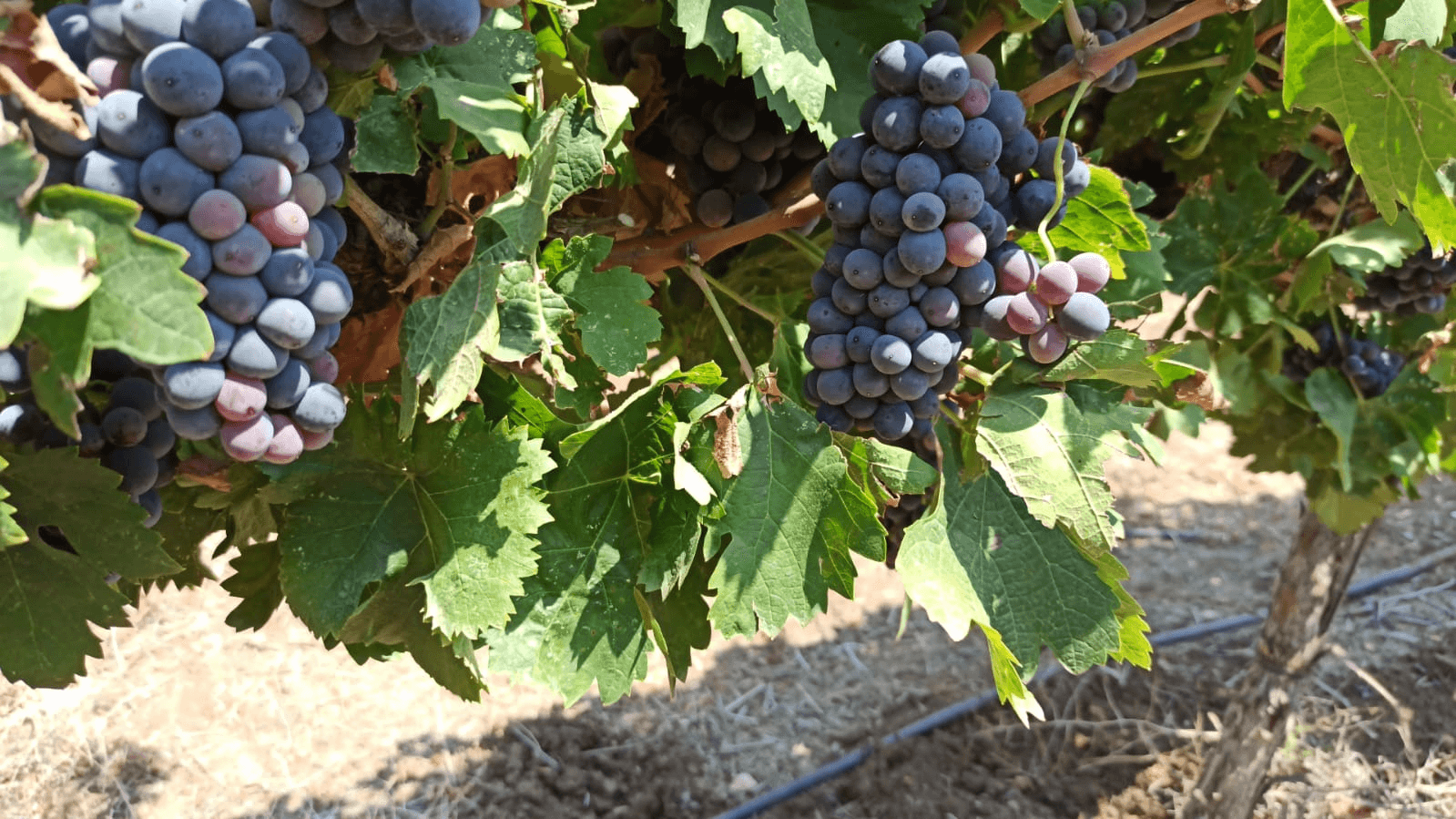
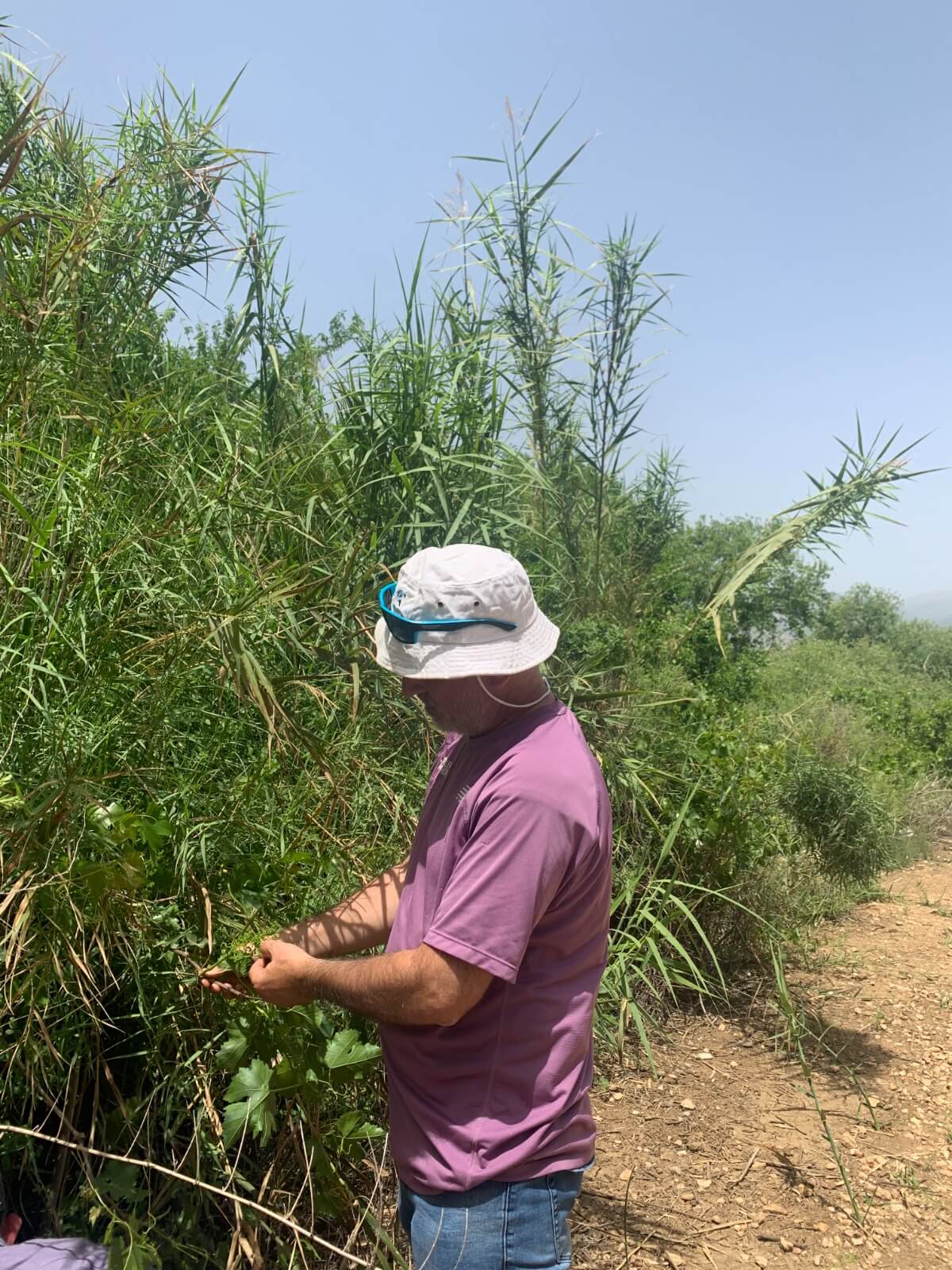
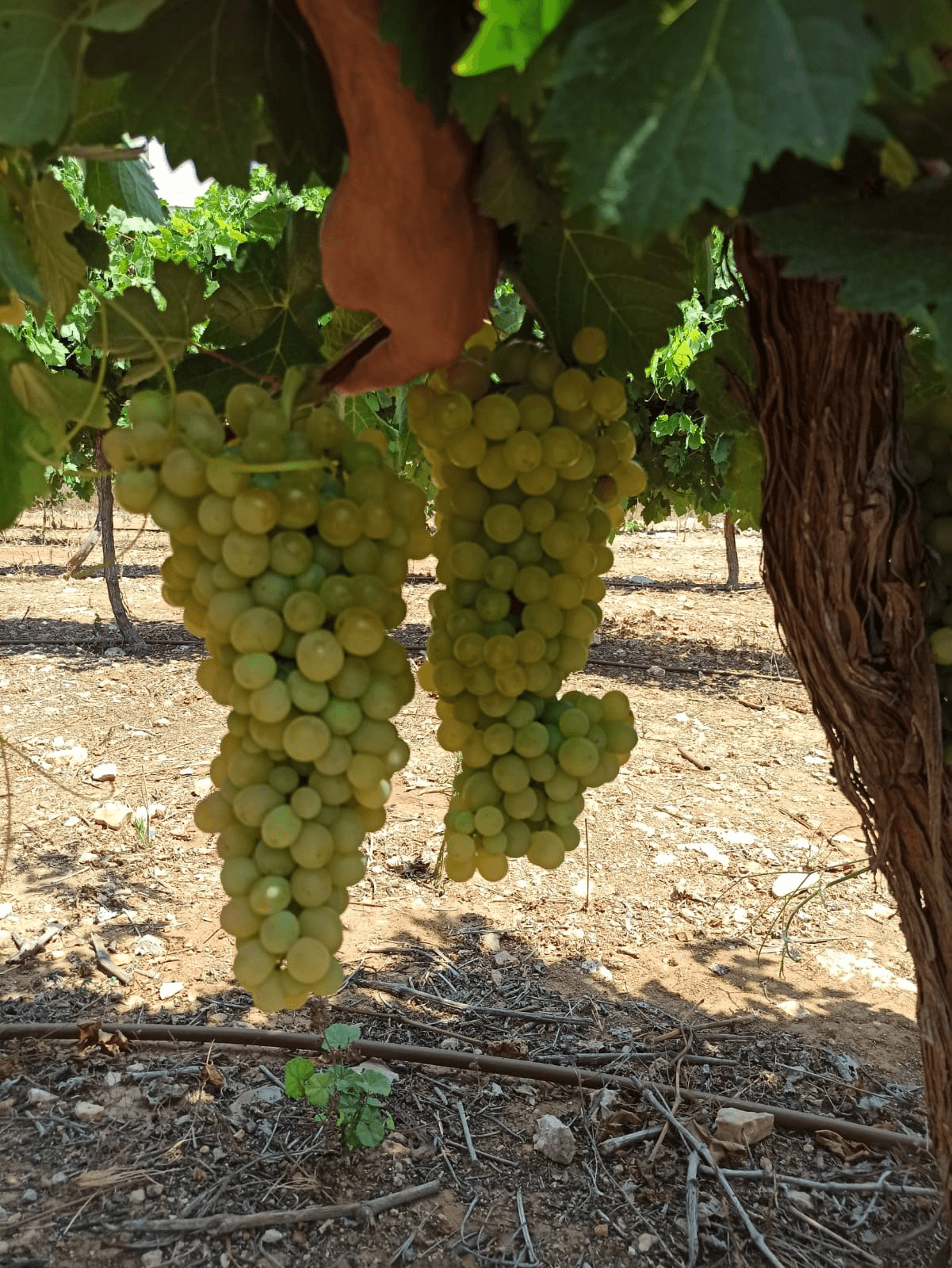

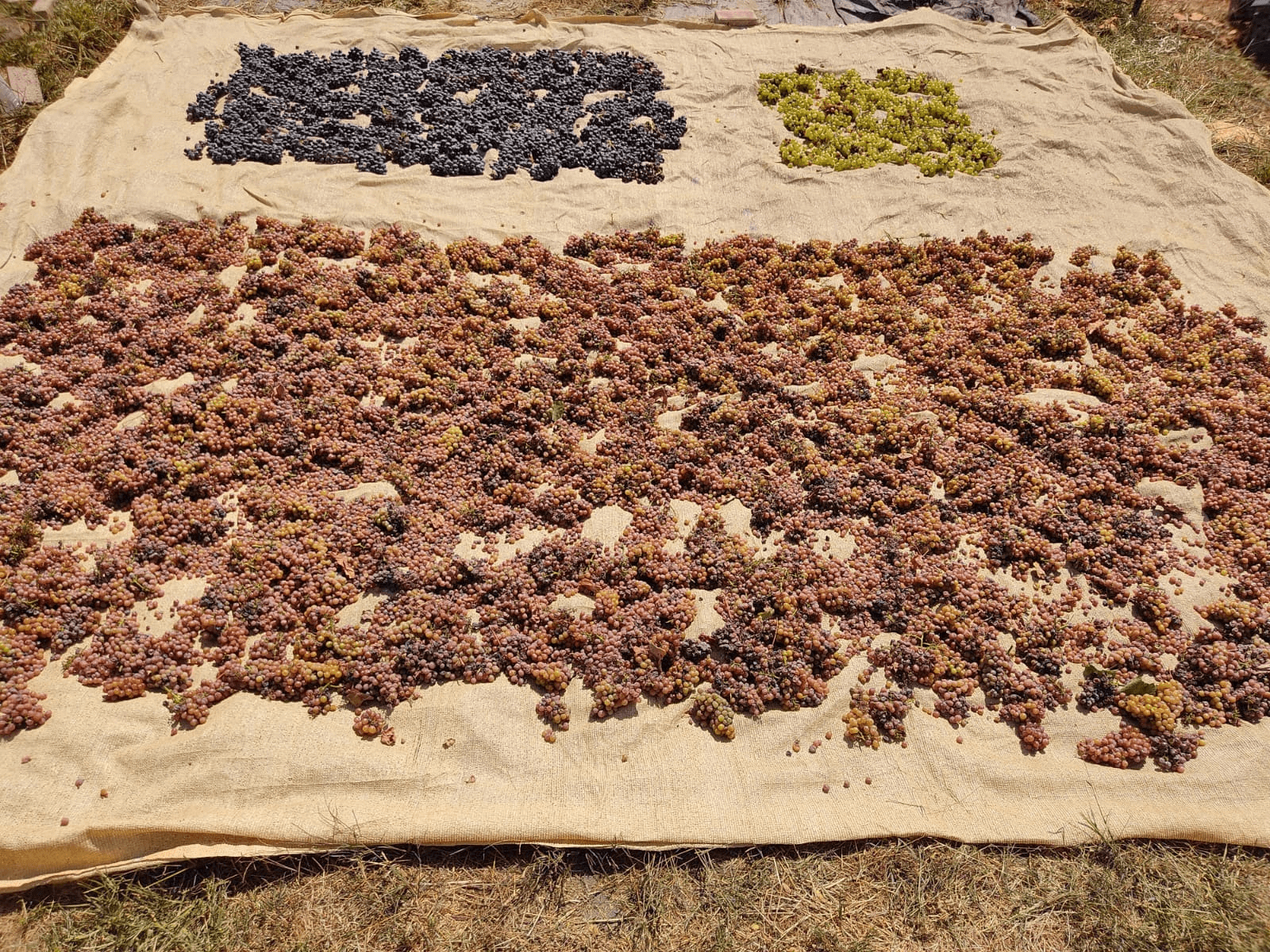
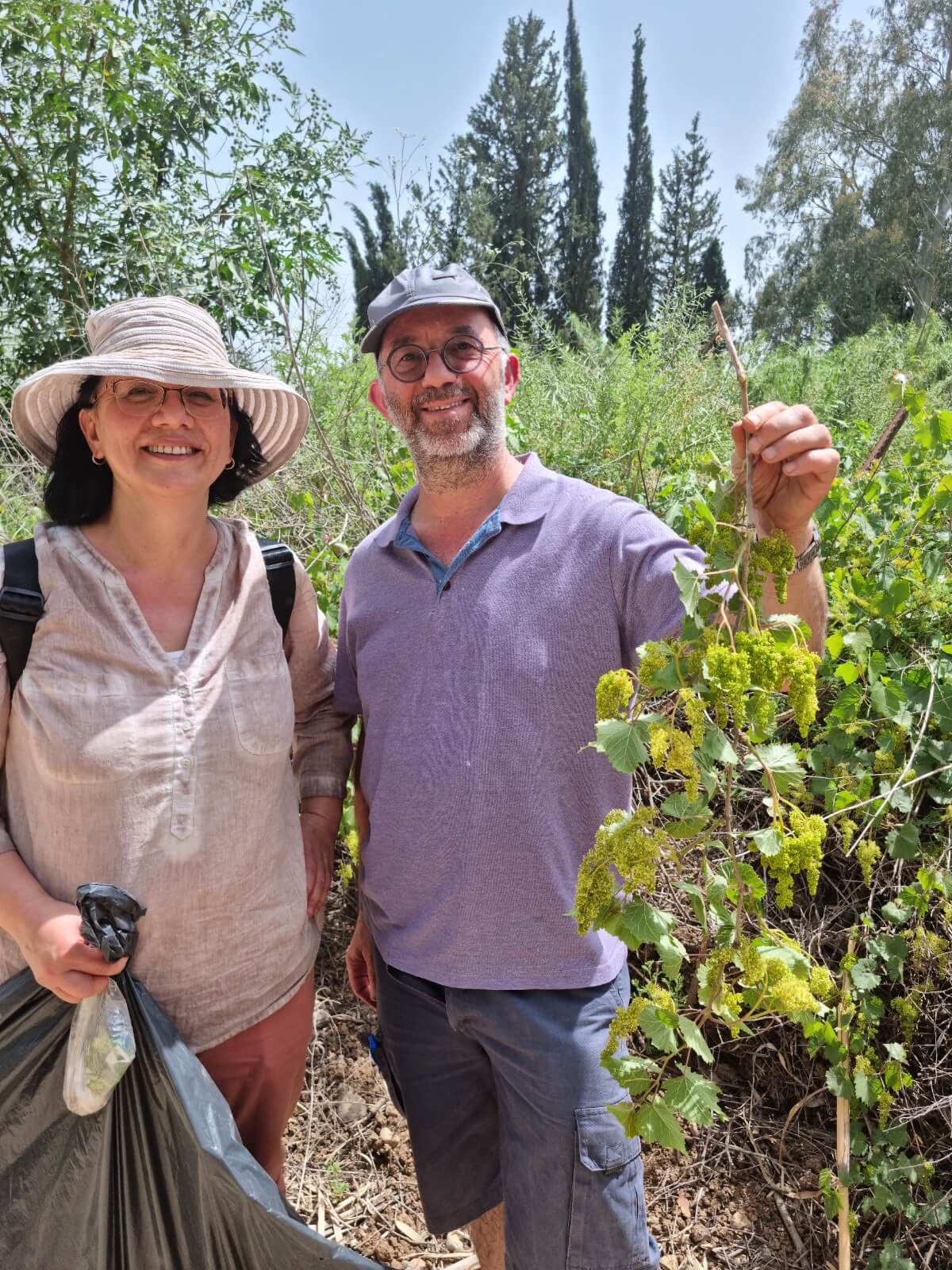
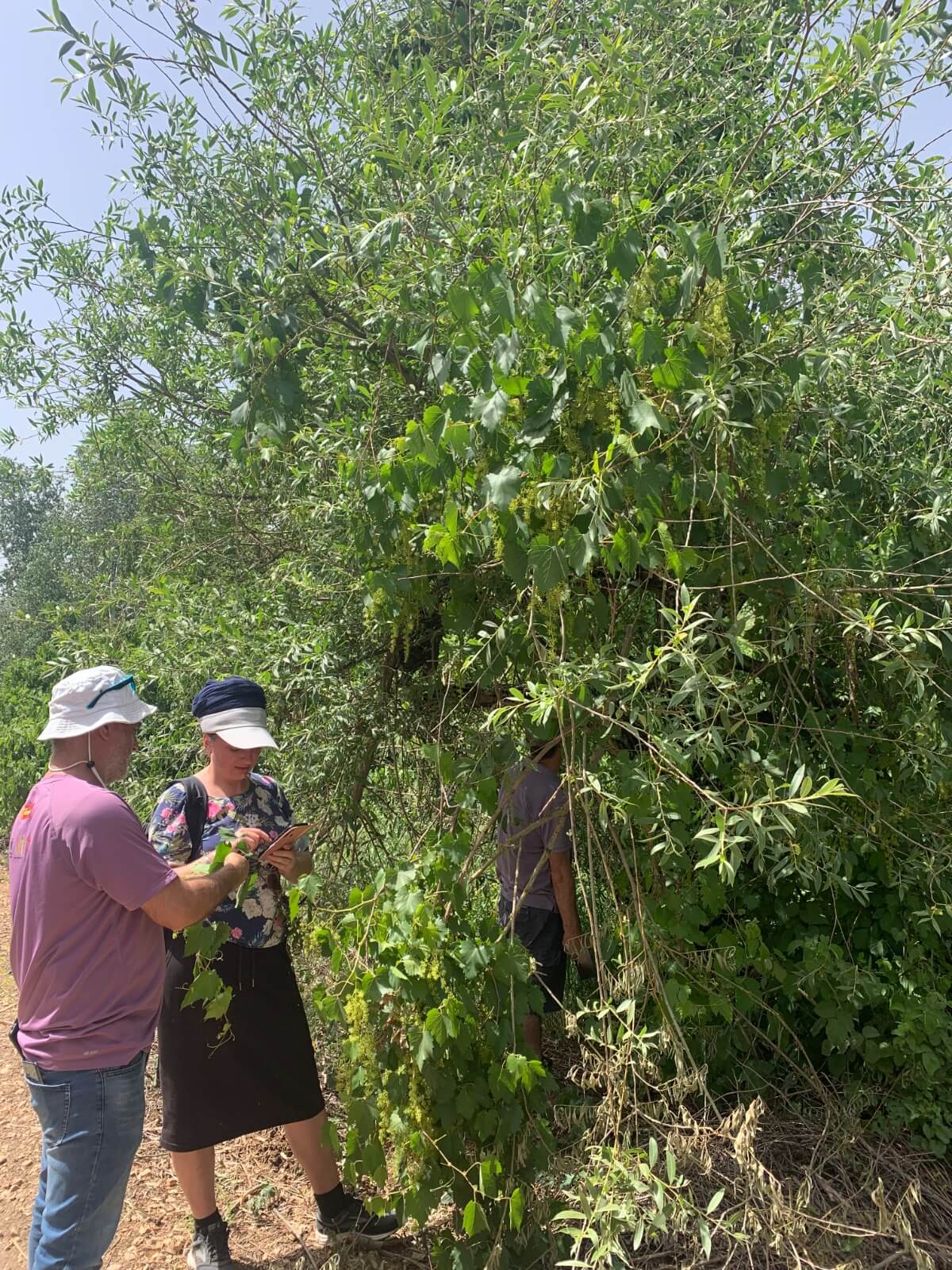
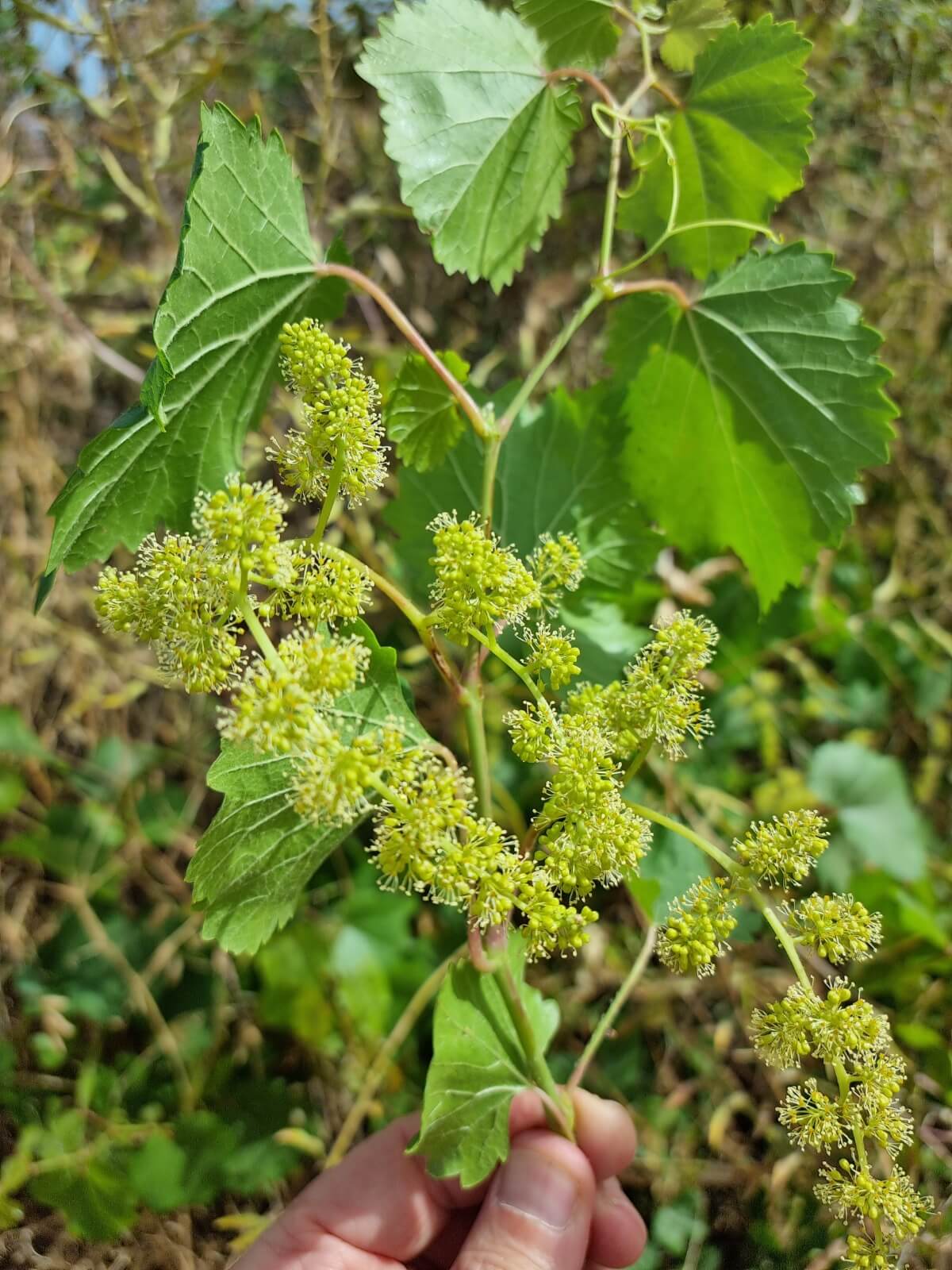
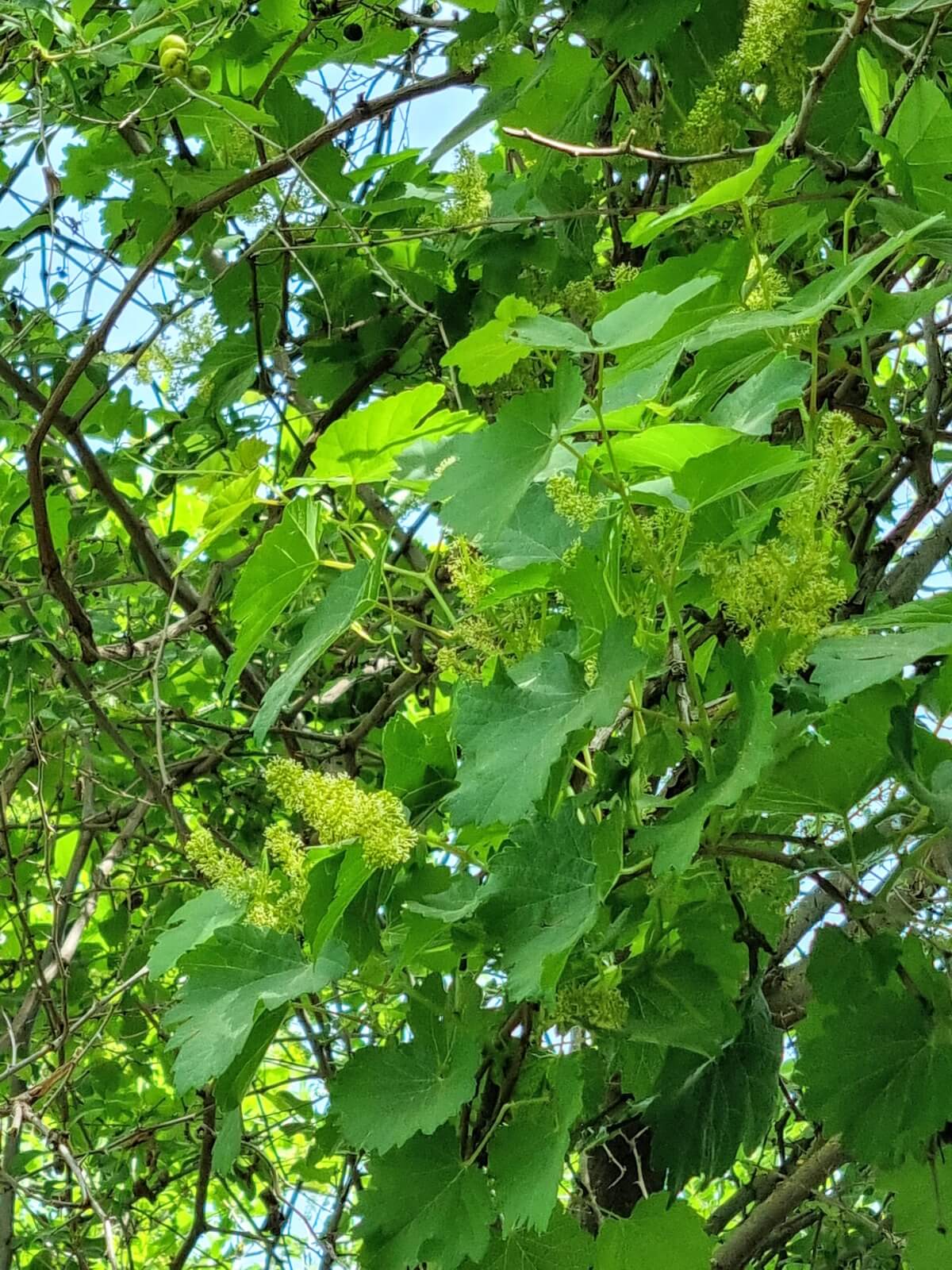
More of the topic in Hayadan:
- The Philistines brought with them the vine, various spices and the opium poppy
- "Bring us wine and must"
- Israeli researchers discovered evidence of the collapse of a commercial vine branch in the Negev 1500 years ago, during a time of plague and climate change
- Can we continue to enjoy Pinot Noir wine? / Kimberly A. Nicholas
